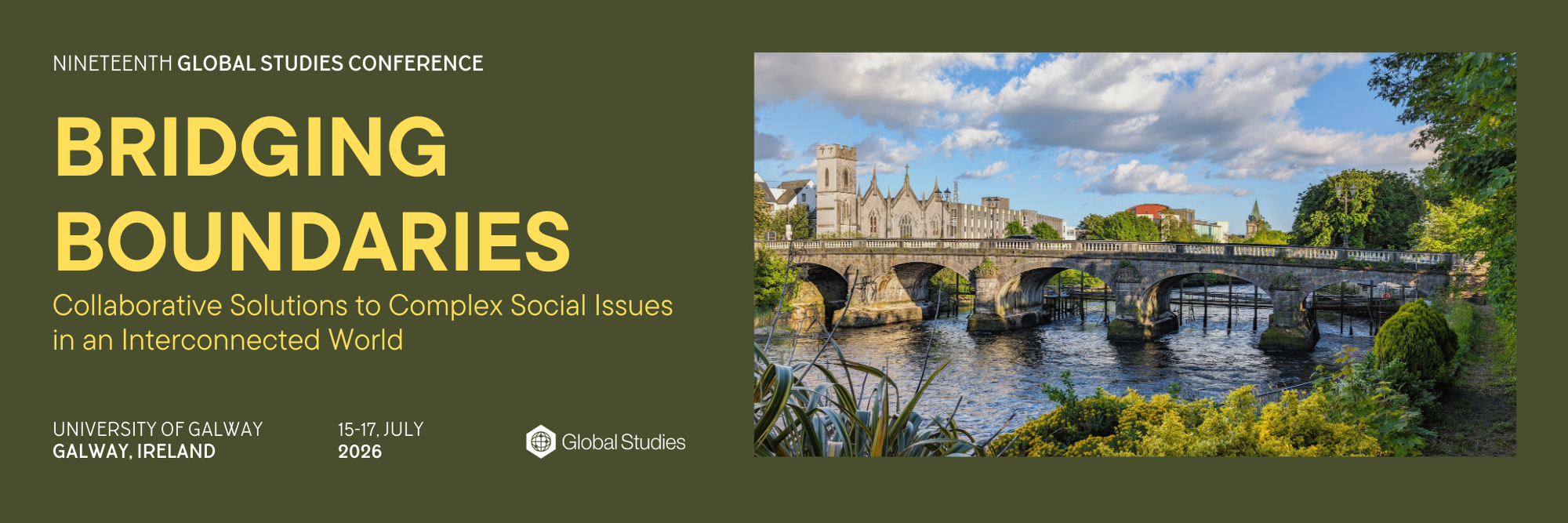Abstract
How is the modern Arab being constructed through Saudi Arabia’s Vision 2030? This paper analyzes the image of the new Saudi to argue that Saudi Arabia’s Vision 2030 modernization plan not only seeks to economically and physically transform the state, but additionally, seeks to counter former global ideas about the state. Saudi Arabia seeks to control their national identity and that of the Arab people in the global imaginary: putting forth instead a new “modern” Arab and Saudi Arabia. Through state media, tourism adverts, film, and political discourse, the new Saudi is being drawn specifically as a modern Arab state, leaning into discourses depicting the good Arab and the bad Arab that have historically been used to differentiate between peoples of the Middle East and to justify violence. These discourses, which went into hyperdrive after 9/11, define contemporary understandings of Arab peoples; in turn, they become the context within which new cultural sites and cultural narratives in Saudi Arabia are being formed. Drawing on speeches by Saudi political leadership and US political leadership and looking at representations of the transformed Saudi in state sponsored media sources, this study tackles the questions of: how is the modern Arab being defined through Saudi’s Vision 2030? When did the good/bad Arab discourse begin to shift? And why does the notion of the modern Arab ultimately matter for Saudi Arabia’s Vision 2030?
Presenters
Katherine TannousStudent, Phd Candidate, University of California Irvine, California, United States
Details
Presentation Type
Paper Presentation in a Themed Session
Theme
Vectors of Society and Culture
KEYWORDS
Modernization, Culture Studies, Media Studies, Middle East Studies

